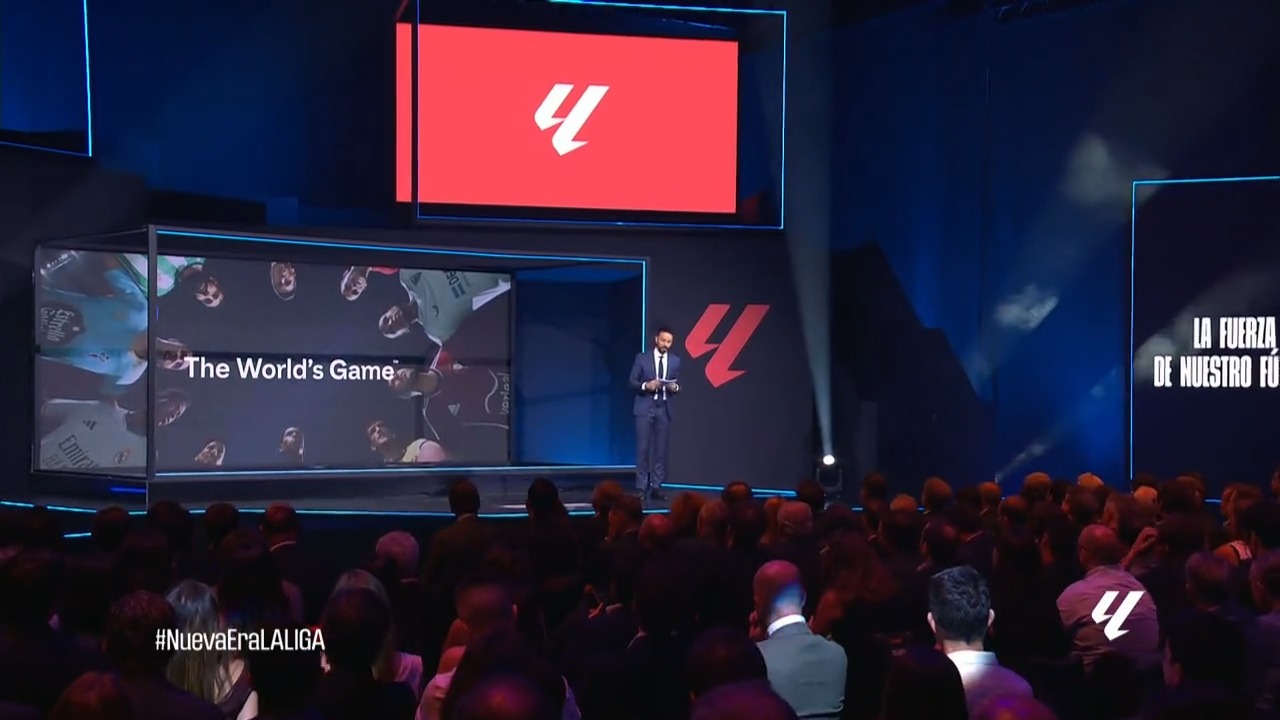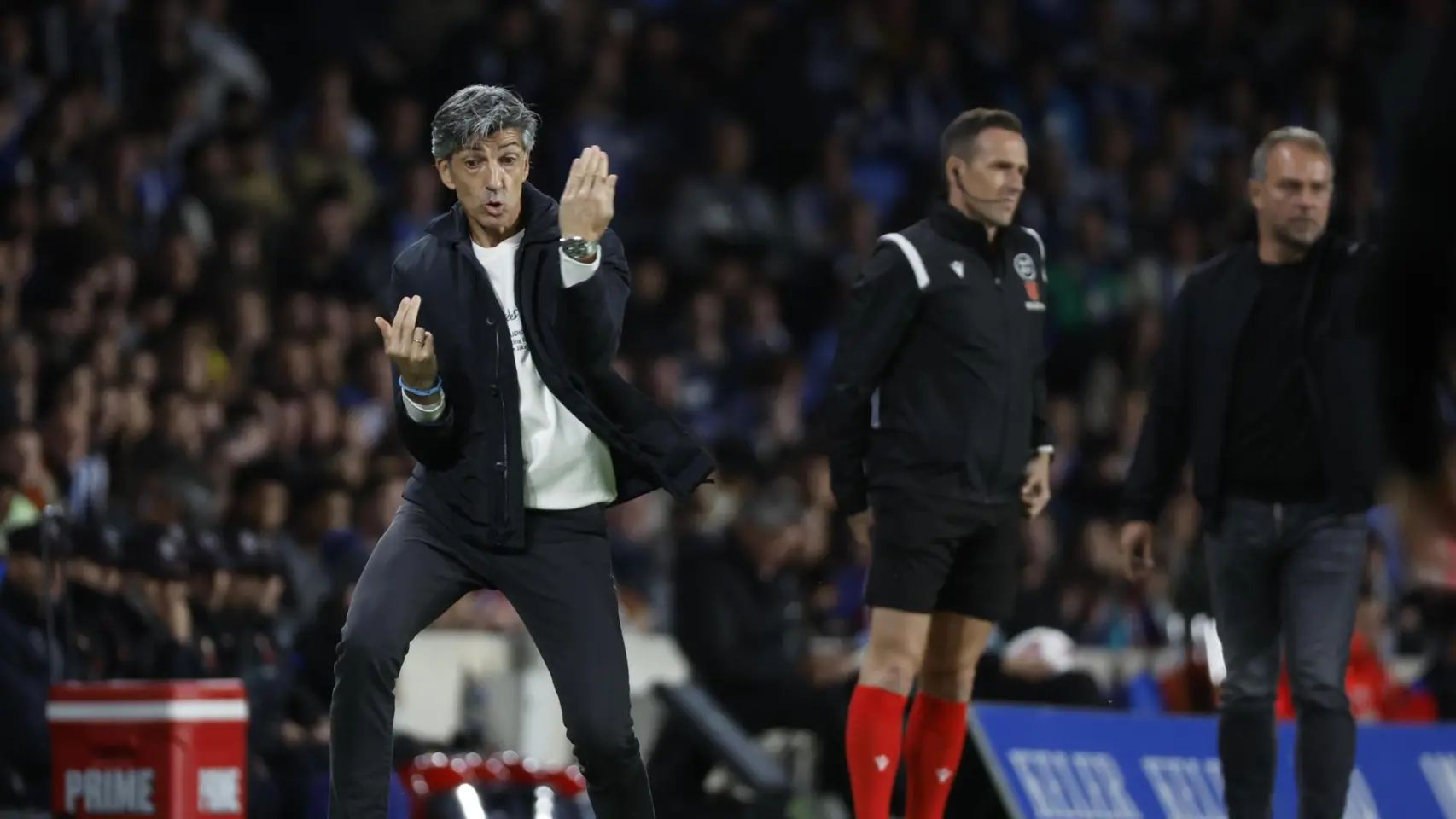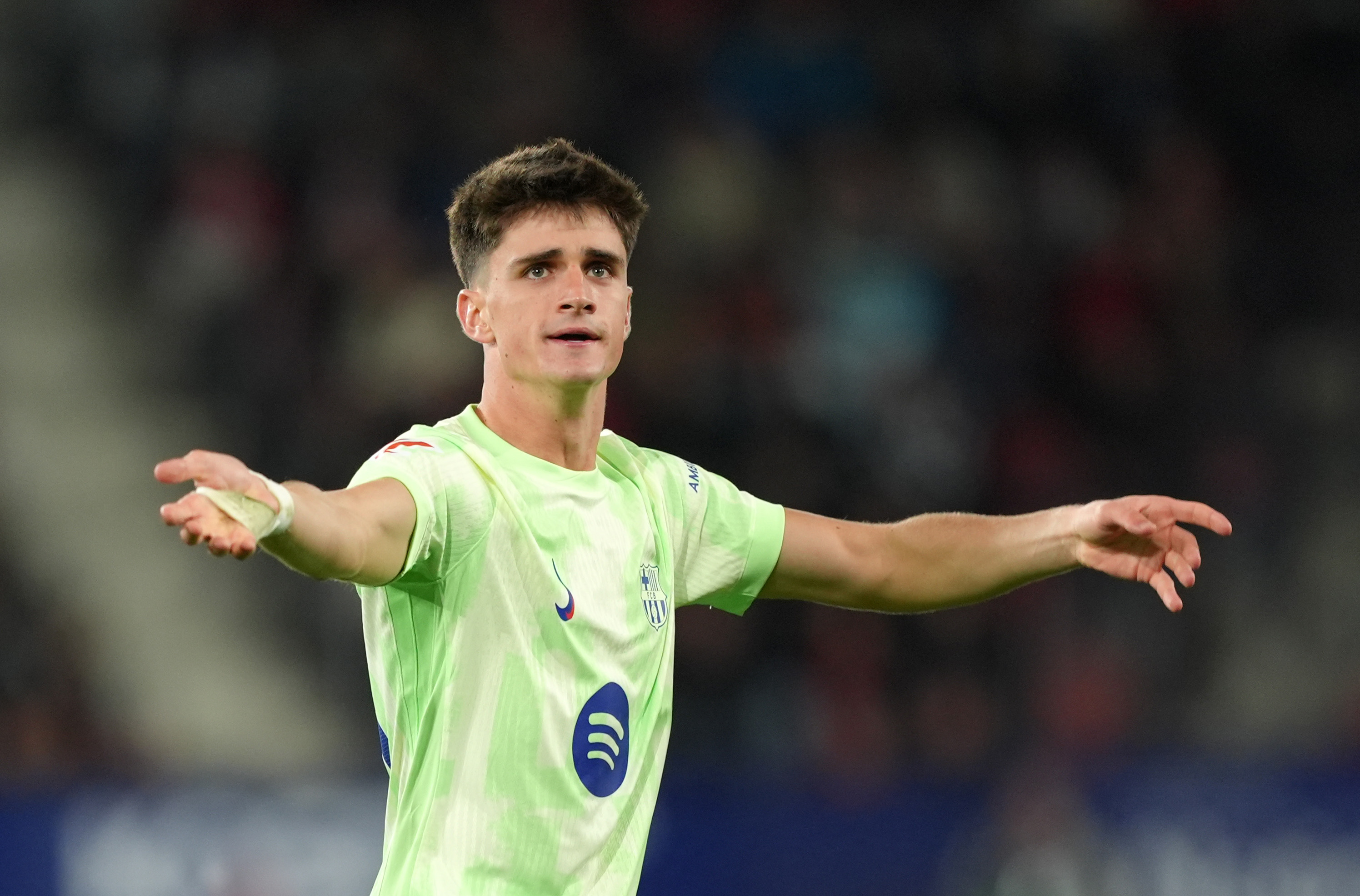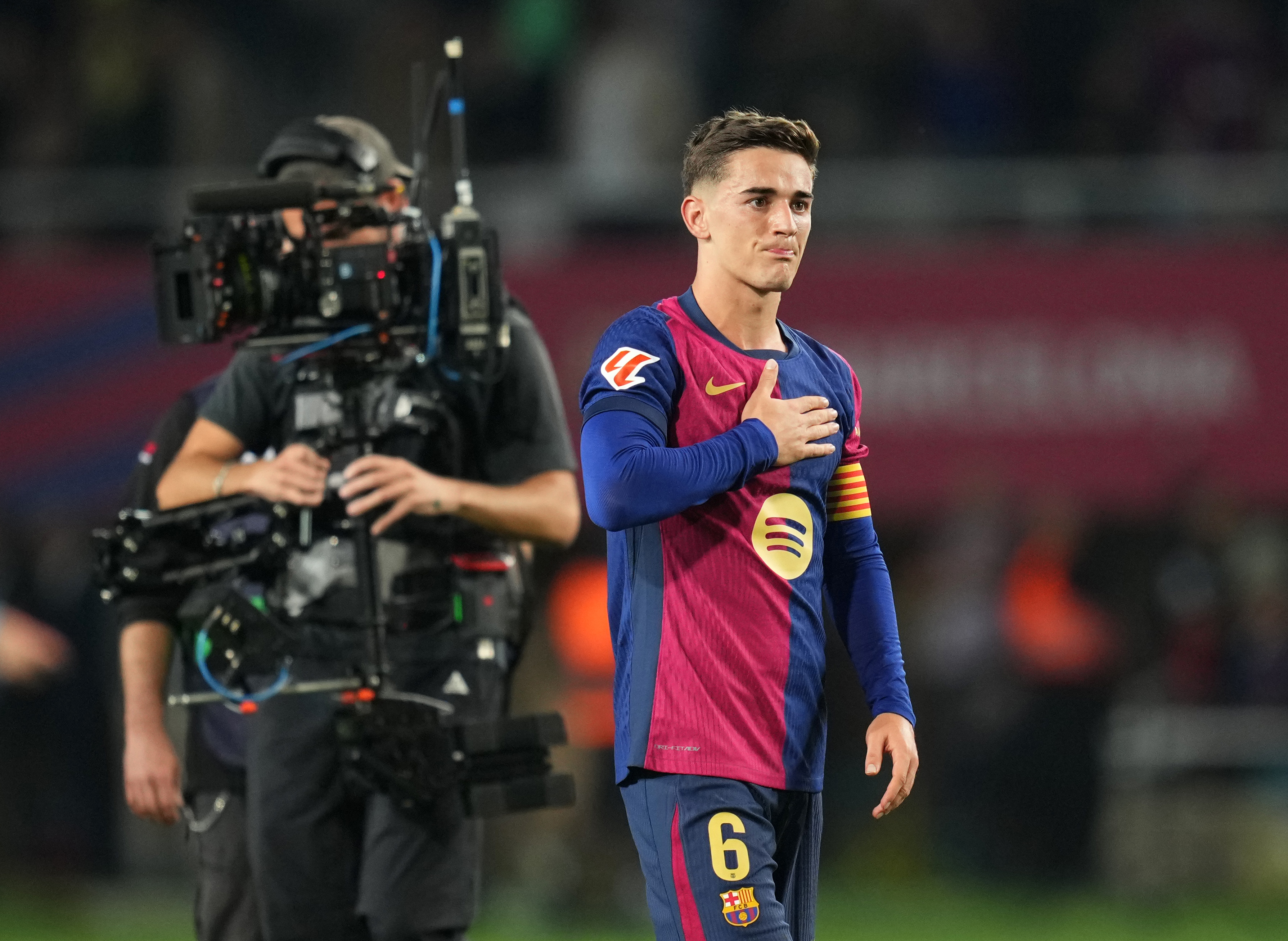Already, the news has provoked hysteria. La Liga officialised the change to its new logos, both for the first and second division. Motivated by a sponsorship with video game giants EA Sports, gone is the traditional circle of La Liga. Two stripes instead replace it, and the Segunda will now be the ‘Liga Hypermotion’. However, these changes aren’t exactly a popular choice…
For a long time, La Liga fans complained about the marketing of the league, clearly falling behind the Premier League when it comes to viewership. On the field, the increasing scarcity of stars is also noticeable. The Premier has the best coaches (Jurgen Klopp, Pep Guardiola, Mikel Arteta, Roberto de Zerbi) and it doesn’t sit well with Real Madrid and F.C Barcelona fans, who are no longer considered the absolute centre of attention all of a sudden.
For a long time, fans have complained. La Liga’s social media marketing campaigns never made a breakthrough, and often divided the fanbase. Add to that the aggressive anti-piracy campaign of La Liga that has led to repeated copyright claims of tweets containing in-game footage. It comes as a blow for many, wanting to share their video edits, and for some tactical analysts, it means that their content has been struck with deletion of their content.
La Liga is not the only one to strike with copyright claims on social media. But it’s certainly the most aggressive in comparison to other similarly sized leagues. Its anti-piracy campaign, often diffused on Spanish television, linked footage posted online to the destruction of the game. Next to the American NBA that have done the opposite, and as such, evolved as a brand, La Liga and other leagues look somewhat ridiculous; many fans helped clubs and players get traction from such edited clips. Yet, how is that supposed to happen when it’s increasingly becoming harder to post any type of content online that includes in-match footage? Some still try, but many already have given up: it’s too much.
La Liga’s sponsorship with EA Sports, in the right context, could have become something greater. But the league does not listen to its fans, and as such, fails to connect. The first rumours of La Liga’s nomenclature change — now changed to ‘LALIGA’, with two short, minimalistic stripes, reduce much of the traditional appeal. Previously, the French Ligue 1 also partnered with Uber Eats — and the reception wasn’t the greatest either. In Italy, Serie A’s new, more ‘modern’ logo was also a victim of similar feedback, and with good reason — it’s forgettable. Those ‘new’ logos don’t stick in one’s memory, and they don’t represent the leagues in any particular way.

When La Liga changed its logo, it revolted against its own nature. As the Premier League’s cash flow allows it to attract talent at any cost, bursting with teams like Newcastle United, Chelsea, Manchester City that have spent extreme amounts of money (representing the hyper-capitalistic tendency of the market), La Liga’s old-school technicians, less physical players and more academy-prominent players had an argument of tradition. They represent the opposition to the Premier League’s blunt manners. Yet, by following the trend of hyper-modern logos, that traditional value gets lost in the depths of the news — it’s anything but representative of La Liga’s traditional atmosphere.
Furthermore, when ‘LALIGA’ released its announcement video, a teaser of the upcoming season, cramming down a hashtag of ‘a new era’, it failed to market itself. This teaser video, above all, showed once again why La Liga is not competing with the Premier League, besides obvious factors (money, TV rights, language barrier) – it can’t market most of the clubs, and does not give people many reasons to watch Spanish football.
In the video, names are mentioned, Antoine Griezmann, Marc-Andre ter Stegen. The problem? It (once again) focuses on La Liga’s top three (Real Madrid, Barcelona and Atletico Madrid). This comes as an own-goal taking in account that La Liga’s hype last season mostly was generated from other clubs, such as Girona, Real Sociedad, Osasuna and Rayo Vallecano. Those aren’t teams with the most money. But those are teams that excited, from Real Sociedad’s Imanol Alguacil finding a young core with the likes of Takefusa Kubo (22), Martin Zubimendi (24) and Jon Pacheco (21) to Girona’s Rodrigo Riquelme and Arnau Martinez to Rayo’s Fran Garcia and Isi Palazon.
All of this is to say that La Liga has the essential elements. It has the resources, but it seemingly does not care enough, or does not know how exactly to sell its product. Understandably, it may never be at the level of the Premier League due to limited investment, as well as a language barrier that makes it harder for non-Spanish fans to connect to the local culture of the clubs. But perhaps, that’s where La Liga’s strengths should be: promote local in a world of globalisation, precisely what makes it such a unique league, against the flow of the world.





Spot on. Tebas has mismanaged La Liga for years. Inherited the two biggest clubs in the world when he took over in 2013, with the two best players in the world. Ten years later, half the clubs in the league are broke and can’t even sign players (I’m not speaking about Barca here; their problem is self-inflicted), and the PL has run laps around his league when it comes to marketing, TV rights and revenue. Nobody has done less with more. I’d say get rid of him, but the damage is probably done, and I’m not sure the league will ever reach PL levels now.